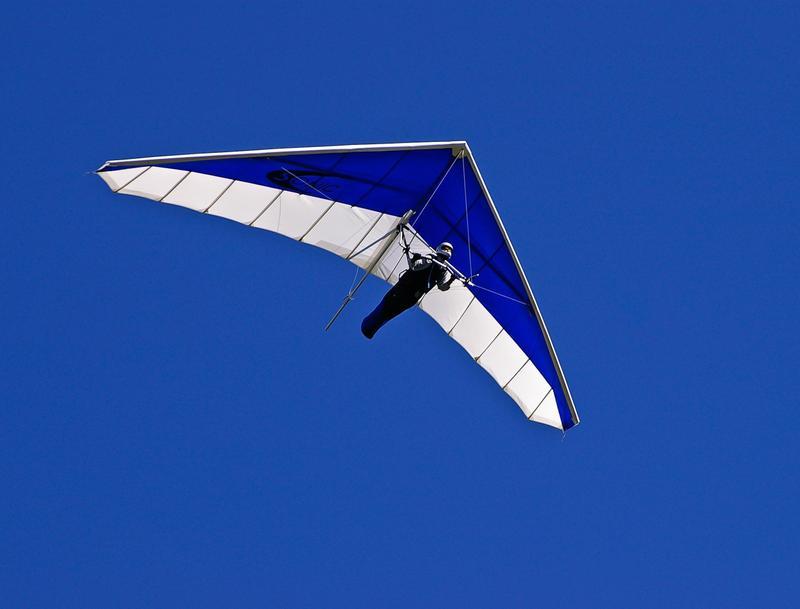Birth of Gliding
The improvement of heavier-than-air trip in the 50 years between Sir George Cayley’s coachman in 1853 and the Wright siblings fundamentally elaborate lightweight flyers (see Aviation history). Nonetheless, the game of skimming just arose after the First World War, because of the Treaty of Versailles, which forced extreme limitations on the production and utilization of single-seat fueled airplane in Germany’s Weimar Republic. Hence, during the 1920s and 1930s, while pilots and airplane creators in the remainder of the world were attempting to improve the exhibition of fueled airplane, the Germans were planning, creating and flying perpetually productive lightweight flyers and finding methods of utilizing the regular powers in the climate to make them fly farther and quicker. With the dynamic help of the German government, there were 50,000 lightweight plane pilots by 1937. The principal German coasting rivalry was held at the Wasserkuppe in 1920, coordinated by Oskar Ursinus. The best flight kept going two minutes and set a world distance record of 2 kilometers (1.2 mi). Inside ten years, it had become a worldwide occasion in which the accomplished spans and distances had expanded enormously. In 1931, Gunther Grönhoff flew 272 kilometers (169 mi) on the facade of a tempest from Munich to Kadaň (Kaaden in German) in Western Czechoslovakia, farther than had been expected.
Expanding prominence
During the 1930s, floating spread to numerous different nations. In the 1936 Summer Olympics in Berlin coasting was a showing game, and it was booked to be a full Olympic game in the 1940 Games. A lightweight plane, the Olympia, was created in Germany for the occasion, however World War II mediated. By 1939 the significant floating records were held by Russians, including a distance record of 748 kilometers (465 mi). During the war, the game of coasting in Europe was to a great extent suspended, however a few German contender aces in the contention, including Erich Hartmann, started their flight preparing in lightweight flyers.
Skimming didn’t re-visitation of the Olympics after the battle for two reasons: a deficiency of lightweight flyers, and the inability to concur on a solitary model of rivalry lightweight flyer. (Some locally dreaded doing so would block improvement of new plans.) The re-presentation of air sports, for example, coasting to the Olympics has sporadically been proposed by the world administering body, the Fédération Aéronautique Internationale (FAI), yet has been dismissed on the grounds of absence of public interest.
Current Gliders
In numerous nations during the 1950s countless prepared pilots needed to keep flying. Many were likewise aeronautical architects who could configuration, construct and look after lightweight planes. They began the two clubs and producers, a significant number of which actually exist. This animated the advancement of both coasting and lightweight flyers, for instance the enrollment of the Soaring Society of America expanded from 1,000 to 16,000 by 1980. The expanded quantities of pilots, more prominent information and improving innovation helped set new precedents, for instance the pre-war height record was multiplied by 1950, and the initial 1,000-kilometer (620 mi) flight was accomplished in 1964. New materials, for example, glass fiber and carbon fiber, propels in wing shapes and airfoils, electronic instruments, the Global Positioning System and improved climate guaging have since permitted numerous pilots to make flights that were once remarkable. Today more than 550 pilots have made trips more than 1,000 kilometers (620 mi). Despite the fact that there is no Olympic rivalry, there are the World Gliding Championships. The principal occasion was held at the Samedan in 1948. Since World War II it has been held like clockwork. There are currently six classes open to both genders, in addition to three classes for ladies and two junior classes.
The most recent overall measurements for 2011 demonstrate that Germany, the game’s origin, is as yet a focal point of the skimming scene: it represented 27 percent of the world’s lightweight plane pilots, and the three significant lightweight plane producers are as yet based there. Anyway the meteorological conditions that permit taking off are normal and the game has been taken up in numerous nations. At the last tally there were more than 111,000 dynamic regular citizen lightweight flyer pilots and 32,920 lightweight flyers, in addition to an obscure number of military cadets and airplane. Clubs effectively look for new individuals by giving preliminary flights, which are likewise a valuable wellspring of income for them.
Be the first to post a message!
